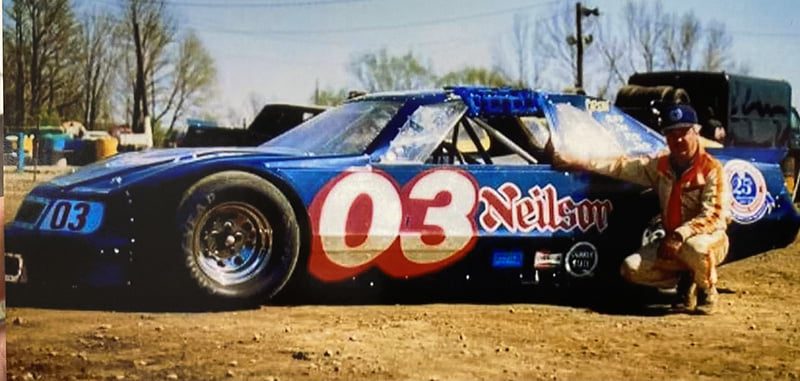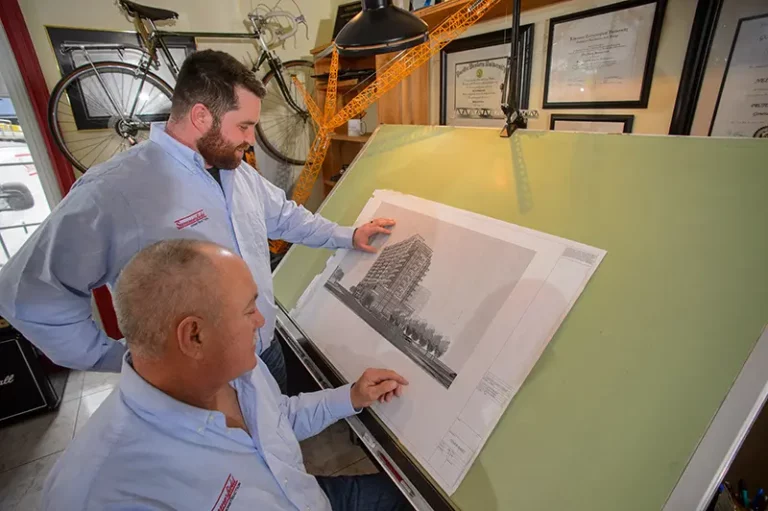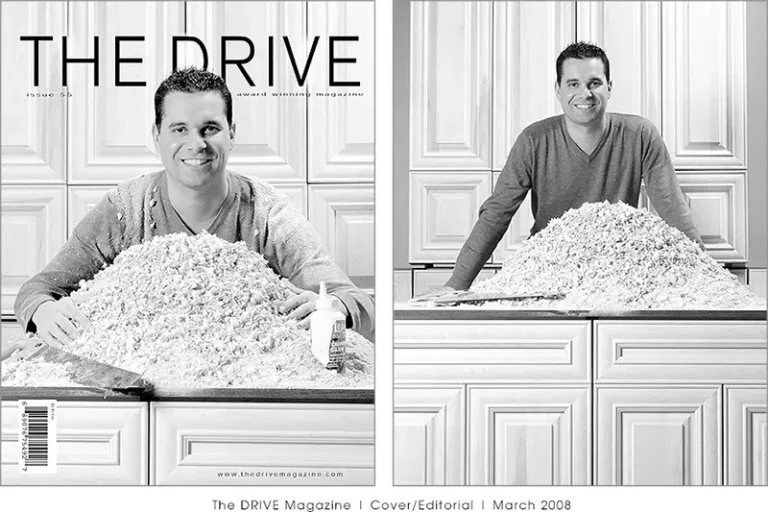
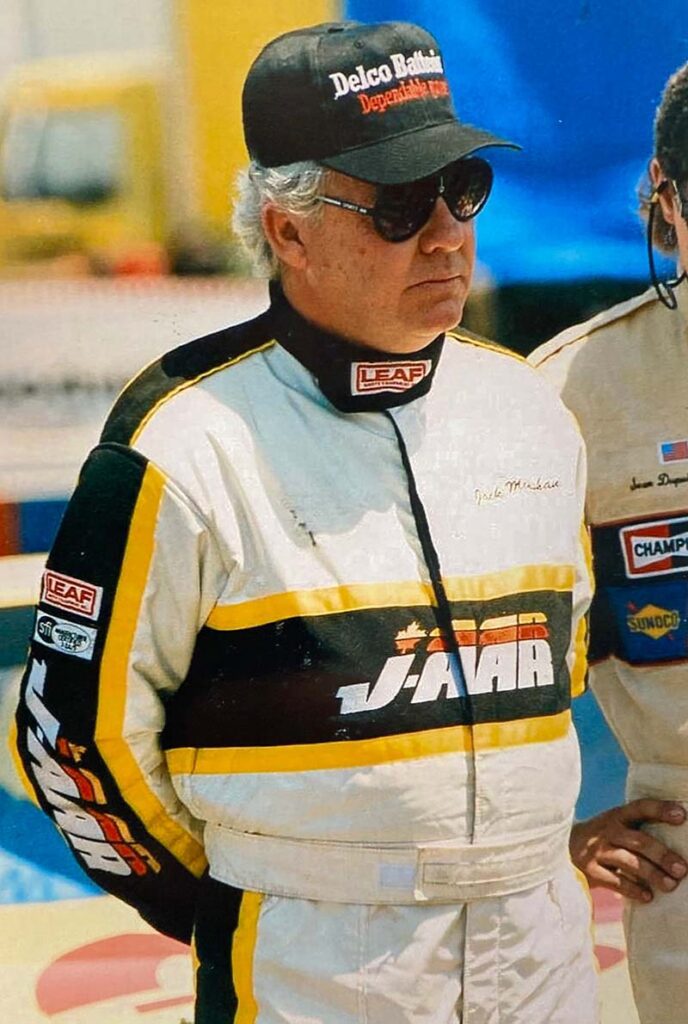
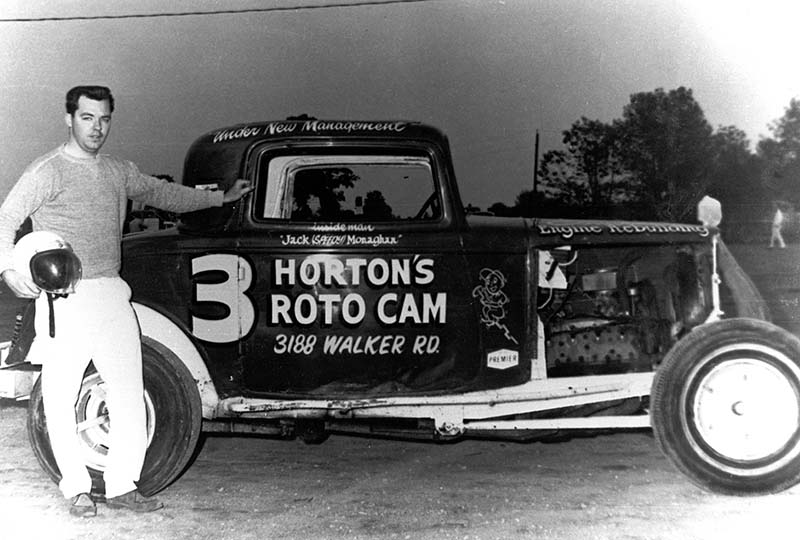
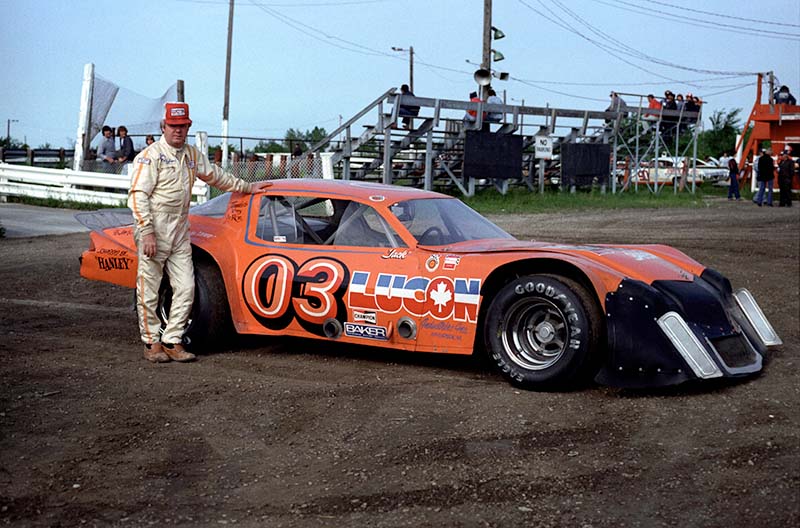
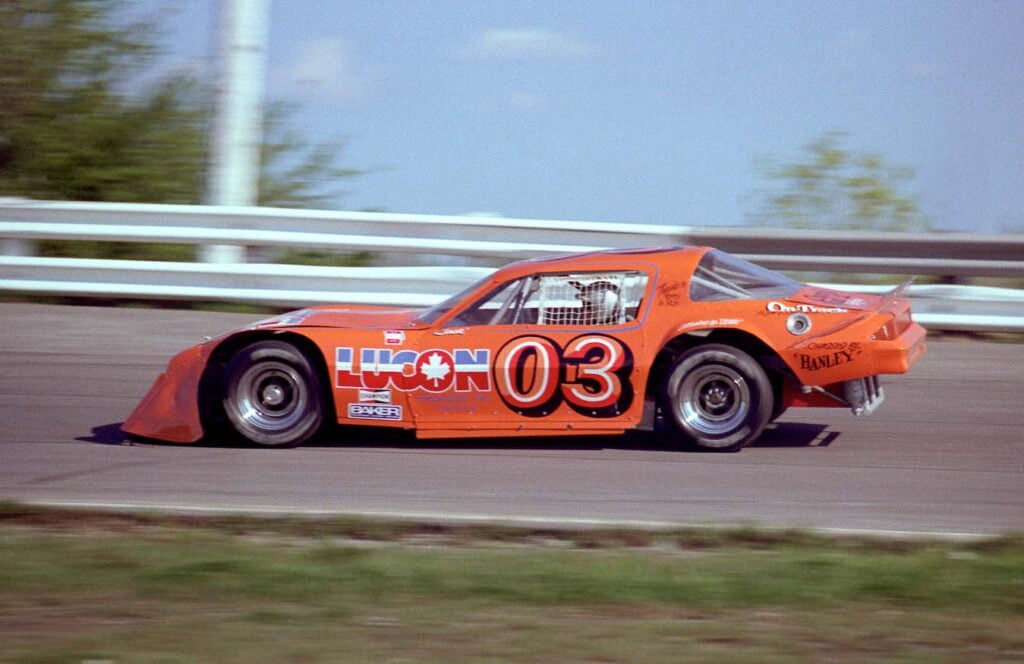
Not all heroes wear capes. Some of them drive cars really, really fast.
Jack “Speedy” Monaghan drove cars that most other people would never even get into. Jack raced cars that other people only photographed. He took cars that looked like spaceships around tracks, hundreds of times, at speeds that would wither the nerves of the most hardened “motor heads” sitting in the stands around the track. In fact, Jack achieved such speeds that in 326 races—some of them 100 and 200 lap races, which took hours to drive—he came in first. Beat all the other drivers, who had variously honed death wishes. Maybe that’s why Jack prevailed so often. He didn’t have a death wish; he had a will to win.
Iron Man had his space age suit. Batman had his cape and cowl. Jack Monaghan had his Nomex® fire suit. An orange 03 Lucon Industries Hanley Chassis racing car was Jack’s Bat Mobile. According to one online source: “Jack terrorized the local tracks with this piece back in 1981 [an orange 03 Hanley Chassis]. Checker Flag Speedway placed a $500 bounty on Jack. No one collected!”
Much as it sounds like Jack Monaghan lived in the clouds with other mythic figures, he was a father, brother, uncle, friend, and business owner. Jack also had a kickass ability to get things done.
“Wherever he worked, he was the service manager,” says Jack’s nephew Ron Monaghan. “Whether it was Holiday Juice or Danny’s Transmission, every time, he ended up being the service manager. Then in the early 1960s, he went to Hallmark Memorial. Pretty soon he owned it, and then took it to the next level.”
Before all of that, however, there was racing.
“Jack was a car racer from the get-go,” Ron explains. “He was into motorcycles, too, back before you even needed a license to ride one. He raced them, too, at Cayuga, near Hamilton.”
Jack’s racing career started on the street. It wasn’t long before he sought out actual racetracks because there were too many limitations inherent in street racing. The danger quotient was still pretty high on those first dirt tracks on which Jack raced.
“Back in the day, the guys raced in Mount Clemens, Michigan on Thursday,” Ron recalls. “They raced at Delaware Speedway in Delaware, Ontario on Fridays. Checker Flag in Windsor on Saturdays, and if there was a special event or invitational—a hundred lap competition—would happen at Delaware or Checker Flag on Sundays.”
Ron continues: “Back then it wasn’t based on points. It was the purse that drew the drivers. Whatever raise had the biggest cash prize, that’s where the racers raced.”
Jack’s professional racing career spanned from 1961 to 2004. During that time, he achieved 326 race wins, 16 championships, nine second place points, and 10 Most Popular Driver awards at Windsor Checker Flag Speedway.
Race car driving has always been a dangerous business, but safety in the early 1960s was rudimentary. Jack was a skilled driver, but he did not escape the dangers of the track.
“Jack had some bad crashes,” Ron says. “In the 1970s, possibly the ’80s, he and another driver—Terry Kitchen—crashed. Nobody gets away without crashing. Grudges develop, or you lose control, or you blow a tire. The crash Jack had with Terry in Cayuga, they both hit the wall, and their cars were pretty much totaled. But the techs just cut off the front clip and the back clip, and put on new pieces.”
Jack experienced crashes, but his worst injury was rapping his elbow on the extinguisher he had in his car. Meaning: Jack crashed, but he didn’t get hurt racing.
In 1974, Jack bought Checker Flag with John Fahringer and Mark Kalbol, and converted the dirt track to asphalt. They operated the track until 1979.
Following Jack’s passing in 2021, John Fahringer remembered his old friend in local media, saying: “We had quite a time when Jack and I first bought [Checker Flag Speedway] with the Township itself. The neighbourhood didn’t like the idea of us becoming a dominant racetrack. They didn’t like the crowds that would come there or the dirt that would come from the track itself… We would draw crowds of 3,000 to 4,000 on a two-nights-a-week basis.”
With sponsorship from Lucon Industries and Merryfield Automotive, Jack drove a stunning assortment of cars: late models, Junior Hanley Chassis, an old Chevy with 360-degree headers that thrust up from out of the hood and shot flames. A former tech, named Louis Bennette, from the States, saw Jack race at Delaware Speedway. He said he would never forget the sound of that Lucon Industries car. “It was incredible,” he remembered. “The flames shooting out of that header!”
The headers proved too controversial for the racing circuit. A meeting was called about these. Jack was called into the meeting with racing circuit higher-ups, and was told that the headers were unsafe because they had to be blocking his vision.
“I showed up to the track late and had to start at the back of the pack,” Jack replied. “I don’t remember hitting anybody.”
It was a movie moment—but the headers had to come off.
Jack stopped racing in 2004. He knew he had a good run. He remained involved with the sport. He was known at every track where he went to watch a race.
In 2021, he was diagnosed with cancer. It was a cruel way for a great man to meet his end. No matter what the world threw at him, Jack remained the consummate gentleman. He used his remaining time to connect with his family and put his affairs in order.
Jack “Speedy” Monaghan passed away on September 15, 2021.
“I was always nervous talking with Jack,” Ron recalls. “He just seemed to be everyone’s hero. He went to Checker Flag, and he was the man. Even when I went to school, people said: ‘I can’t believe you’re related to Jack Monaghan!’ He was a special guy.”
